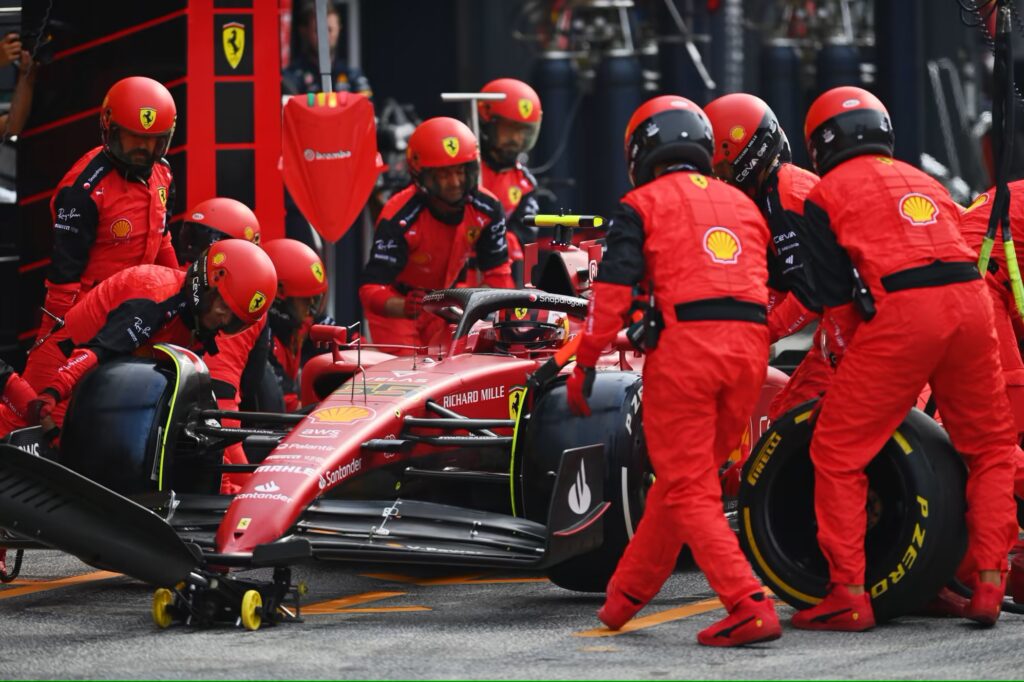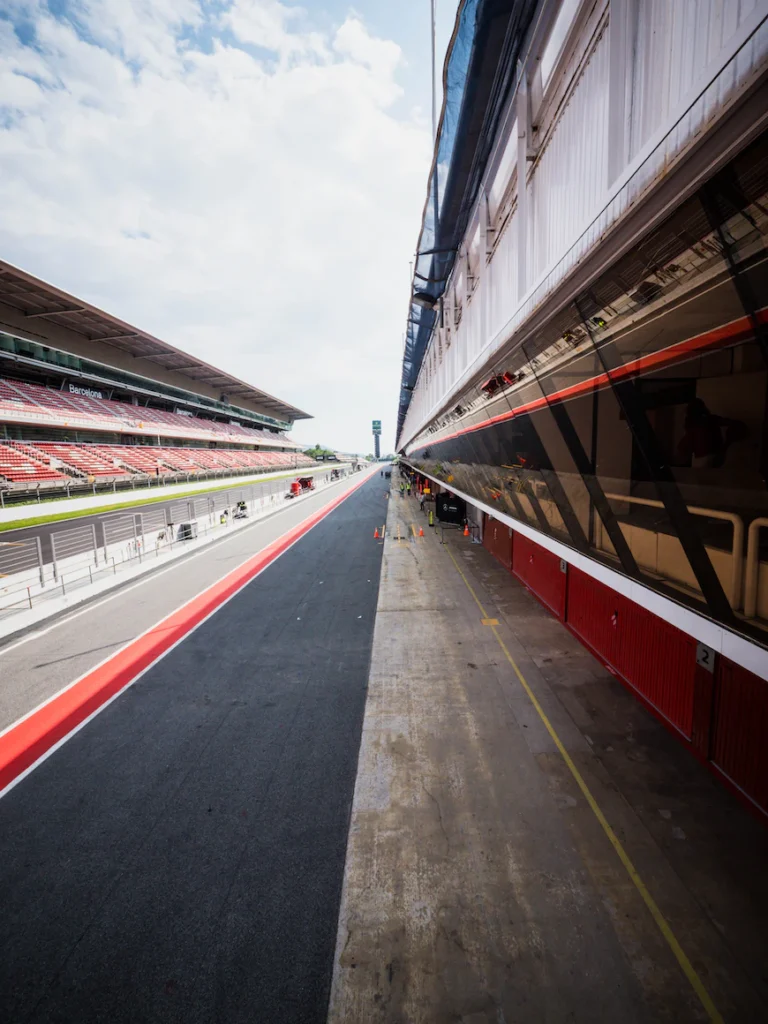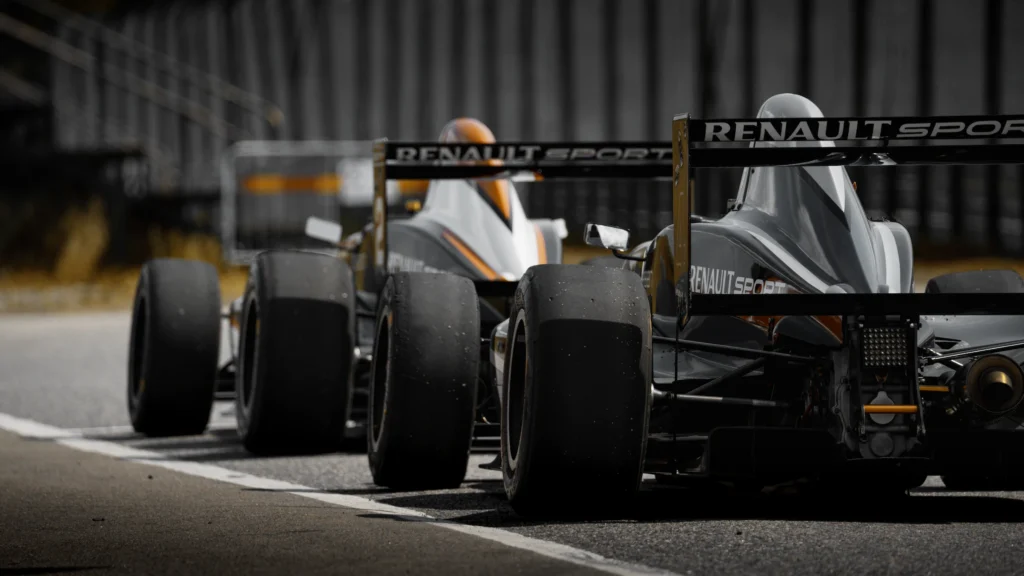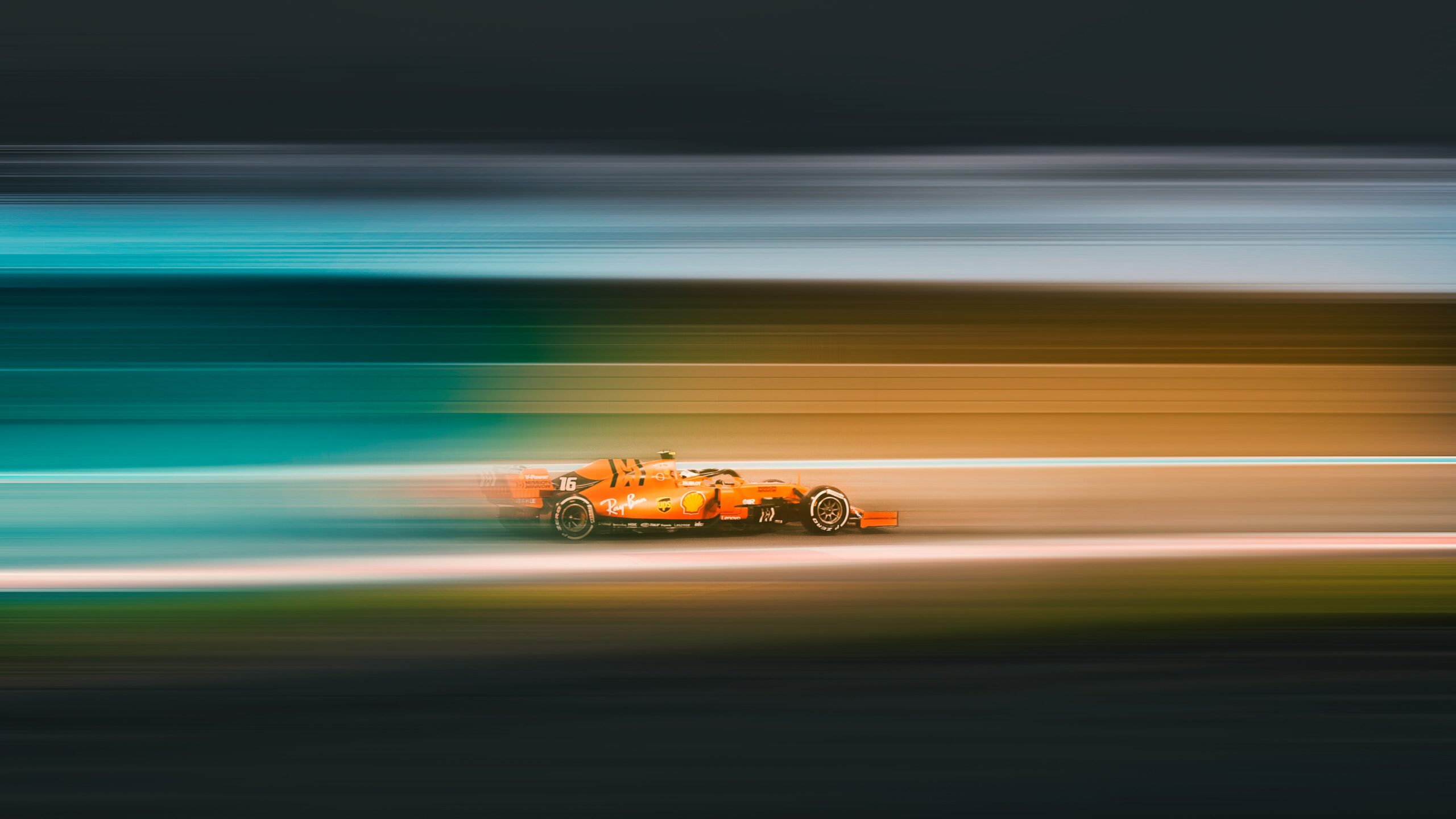At the beginning of April, the third round of the Formula 1 World Championship was run in Australia. On the Albert Park circuit in Melbourne, a great spectacle was staged, with four starts, crashes, the engine of a Mercedes on fire, penalties, protests, and controversy for a Grand Prix won by Max Verstappen ahead of Lewis Hamilton and Fernando Alonso, which will remain in the minds of drivers and fans for a long time. Having followed the race from Australia, albeit on TV as I was in Perth, Western Australia (while Melbourne is the capital of Victoria, a state in the southwest of Oceania), I was struck by the huge interest of Australians in Formula 1.
A reborn sport that increases spectators and revenue
A success sanctioned by the attendance of 444,631 spectators over the event’s four days, representing a new all-time attendance record for a Formula 1 GP, with just over 25,000 people compared to the 2022 edition. Since Liberty Media acquired Formula 1 from Bernie Ecclestone, seeking entertainment to boost business and expanding the fan base by adding entertainment activities to the simple sporting competition, the world’s premier motor racing championship has seen steady growth in viewers and revenue.
From $1.78 billion in 2017 to $2.4 billion in 2022 (with the 2020 flop in between due to Covid, when revenues stopped at $1.15 billion) and estimates for the current year of a further surge, also due to a longer calendar, with 23 races scheduled after the cancellation of the Chinese GP for the fourth consecutive year.
More than on-track challenges and off-track fun, however, my focus is on assessing how the technological innovations born within Formula One have spread to other sectors, making an important contribution in improving processes and practices alien to the roaring engines of Ferrari, Red Bull and McLaren.
The pursuit of engineering, scientific and technological novelty is the essence of Formula 1, as teams engineer themselves and invest huge resources to find innovative solutions with which to gain those few tenths of a second that can then prove decisive for victories and placings. It is not just a question of going faster than others because today, sustainability cannot be ignored without questioning the safety of the drivers.



From the first carbon car to the hybrid engine
Looking at the cars as small laboratories where new technologies are sensed, tested and perfected, from 1950 to the present, Formula 1 has offered many examples of decisive innovations in races and of great impact away from the circuits. It was in 1981 that carbon fibre was discovered, now widely used in many areas and then the brainchild of designer John Barnard, creator of the McLaren MP4-1, the first car with a carbon fibre composite monocoque.
A more recent breakthrough for the championship came with the hybrid engine, a combination of a combustion engine and two electric motors powered by regeneration under braking. According to Fernando Alonso, this is the technological innovation with the greatest impact in the history of his sport because it allows efficiency unmatched in the past.
The advancement of other sports and mobility
The most obvious derivation of innovations in Formula One relates to other sports, where chassis and aerodynamics are crucial performance factors. This is why the US company Specialized has designed Venge, a racing bike popular with enthusiasts and professionals alike, in collaboration with McLaren, while specialists such as Adrian Newey, currently technical director of the Red Bull team, have been in close contact with several sailing teams competing in America’s Cup.
Mobility is another field that owes so much to Formula One’s technological research. In the Singapore metro, sensors and data analysis tools designed for the cars on the track are used, the same ones also used by several air traffic control companies to monitor flights and prevent delays.
Formula 1 improves the medical team
By equipping the team of mechanics performing the pit stop with a medical team about to operate on a patient, the medical specialists were able to improve their internal organisation. This happened after Williams technicians provided information and working methods to a neonatal unit at the University Hospital of Wales. The latter rationalised the resuscitation equipment trolley so that they could find them more quickly and reduce time wasted searching for them. In addition, healthcare professionals have begun using communication techniques such as ‘radio-check’ before starting a resuscitation to improve understanding and shorten intervention times.



Energy efficiency, Williams’ insight and Sainsbury’s progress
As for energy efficiency, Sainsbury’s story is enlightening to understand the effects of the technologies devised in Formula 1. It all started with Williams’ need to deflect air over and around the racing cars to maximise performance. This led to the development of ad-hoc technology by the British company Aerofoil Energy and Williams Advanced Engineering, a racing team branch.
The energy savings provided by the technology were synthesised in its integration into refrigerators because, in-store, it helps prevent cold air from leaving the cabinet by directing it back into the fridge. This saves energy, keeps aisles warmer and reduces food waste by maintaining products at optimal temperatures. Sainsbury’s has been ahead of its competitors by installing Aerofoil in its supermarkets since 2017, securing an average 15% energy reduction in its fridges in each shop, saving almost 9,000 tonnes of Co2e annually.

